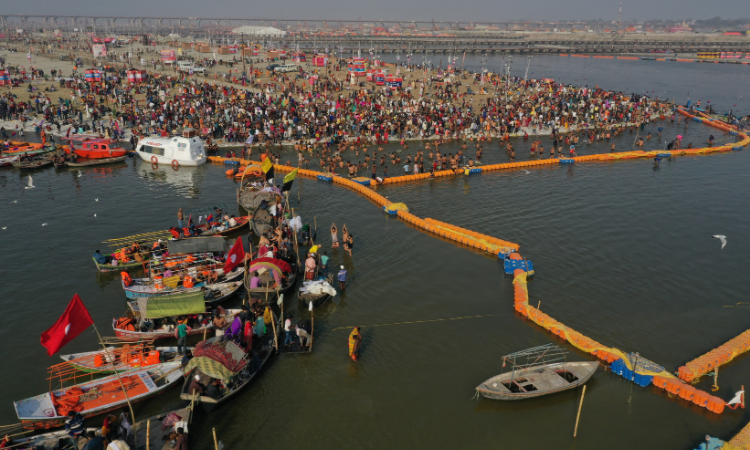
Allahabad’s now Prayagraj impact over Indian religion, mysticism, history, and political issues couldn’t be more important. Referred to in Hinduism as the site picked by the designer of the universe, Lord Brahma, as the ‘ruler of all journey habitats’, this where both the heavenly Sangam and the Kumbh Mela occur right up ’til the present time. It was likewise alluded to as Ilahabad (‘Garden of Allah’) by Akbar, one of India’s generally lofty and ground-breaking sovereigns, and it has since been called home by two of India’s Prime Ministers. Allahabad is a gorgeous, sign of Indian culture, brimming with antiquated burial places, lovely people, splendid cafés, beautiful parks, and others.
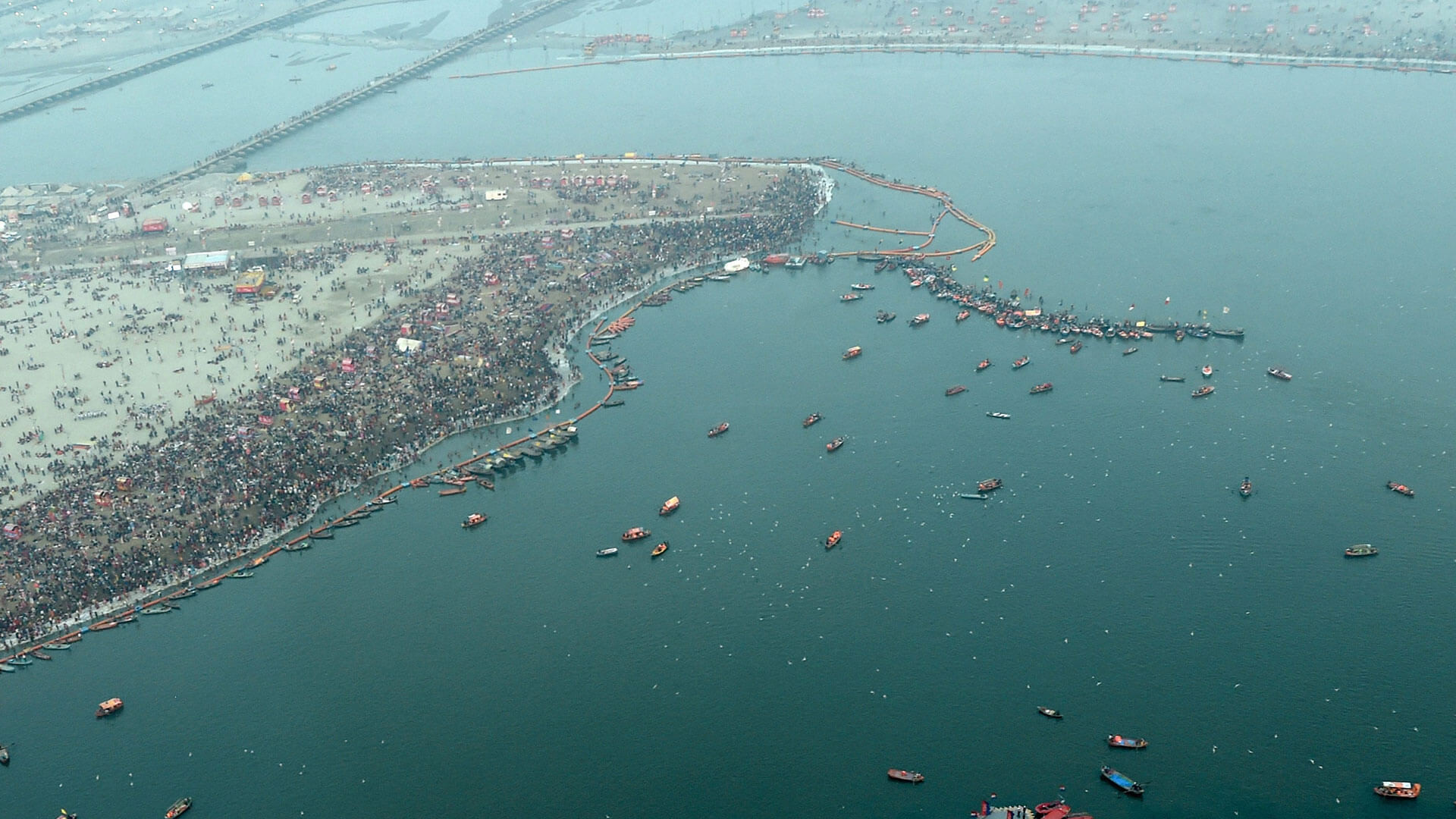
Triveni Sangam is the propitious spot that specializes in the intersection of three waterways: the Ganga, the Yamuna, and the legendary Saraswati. Every stream is respected in Hinduism. The three streams keep up their noticeable personality and can be distinguished by their various tones and characteristics: the water from the Ganges is clear, while the Yamuna is greenish in shading, and the Saraswati is said to make its quality felt submerged. This is the holiest point in the profoundly otherworldly city of Prayagraj, and a dunk in the Triveni is accepted to free one, everything being equal.
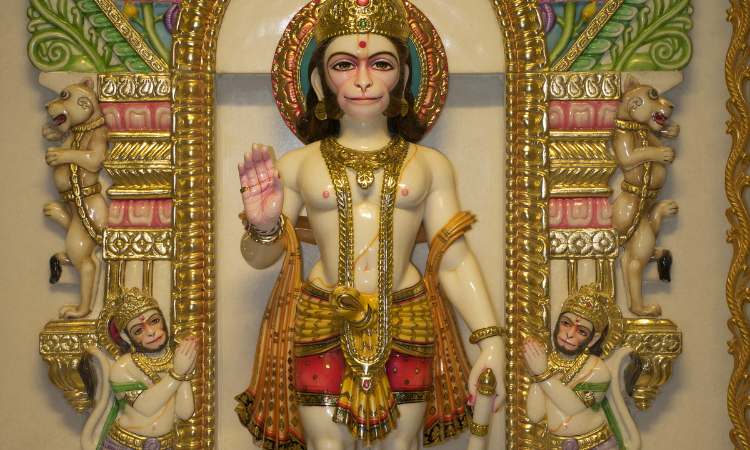
Situated close to the Allahabad Fort is the heavenly Hanuman Mandir, an interesting temple in the city where visiting travelers can enjoy a tremendous symbol of Hanuman, which is 20 feet in length and 8 feet wide. A topographical view of this temple is that it gets lowered in the water when the waterway Ganges is in full stream. As indicated by folklore, it is accepted that the ascent in the Ganges’ water level is on the grounds that the stream needs to contact the feet of Lord Hanuman.
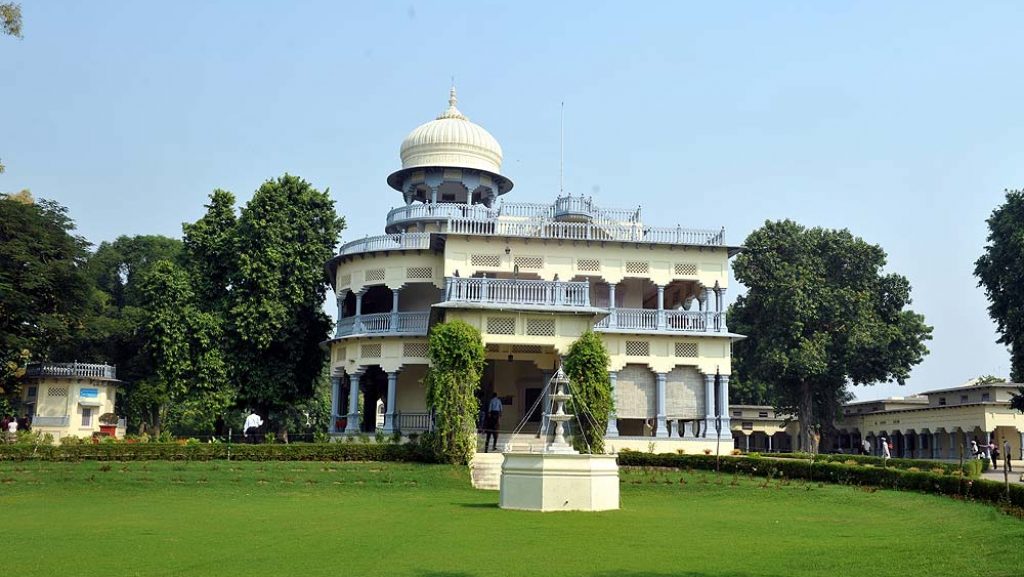
In the core of the city you’ll discover Anand Bhavan, the familial home of India’s first Prime Minister, Jawaharlal Nehru. The bhawan additionally in the long run turned into the home of Indira Gandhi, who was known as the ‘Iron Lady of India’ and was the principal female Prime Minister of India. At present, Anand Bhavan has been transformed into a magnificent gallery where you can find out about the Nehru family, which was instrumental in helping Indian increase opportunity, yet additionally gave India three Prime Ministers.
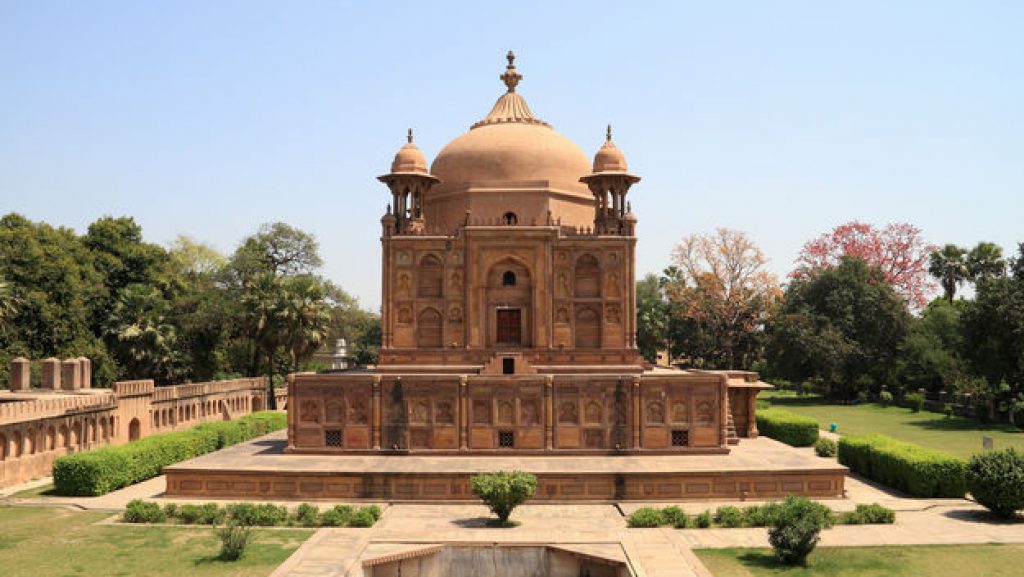
Found near Prayagraj railroad station is the lovely Khusro Bagh, one of the city’s most well-known vacation spots. This park holds gigantic authentic criticalness, as it houses the burial chamber of Prince Khusro, one of the children of Emperor Jahangir. The walled garden is home to three catacombs worked in Mughal engineering style: aside from the burial place of the killed ruler, the nursery likewise encompasses the burial chambers of Shah Begum.
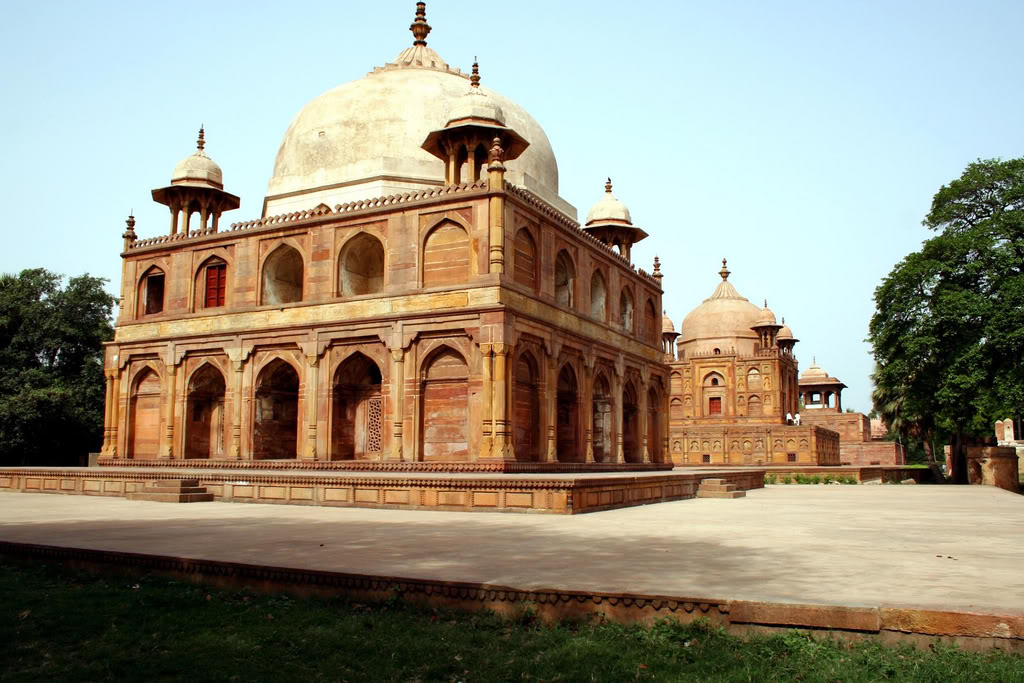
This ancient fort was said to have been initially worked by the incredible head Ashoka, yet was fixed by the Mughal Emperor Akbar in 1583, from which point it got one of the most valued fortifications of the Mughal Empire. Today, the fortress is heavily influenced by the Indian Army, however, one part of the fortification is available to people in general as an exceptionally well-known vacation spot. This fortress has three superb exhibitions which are flanked by high pinnacles. Saraswati Koop is one of the fortress’s most famous highlights; other outstanding attractions incorporate the Patalpuri sanctuary and Akshaya Vat, a fig tree held consecrated in Hindu folklore which is accepted to be eternal.
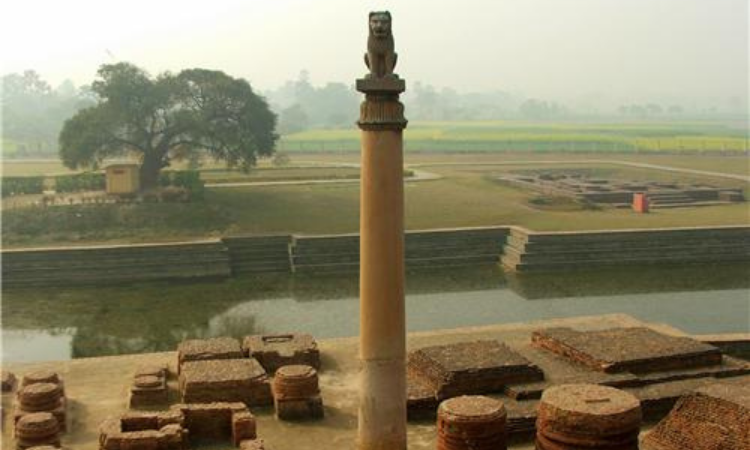
Developed by Akbar in the sixteenth century at the conversion of the streams Ganges and Yamuna, this column is one the most significant attractions of the city, found simply outside the Allahabad fortification. Those analyzing the column close up will discover an Ashokan engraving written in Brahmi, which goes back to 232 BC. A later engraving on this column was ascribed to the second ruler of the Gupta Empire, Samudragupta. The engraving by him is in Gupta content, which is viewed as a later form of Brahmi going back to around 375 CE.
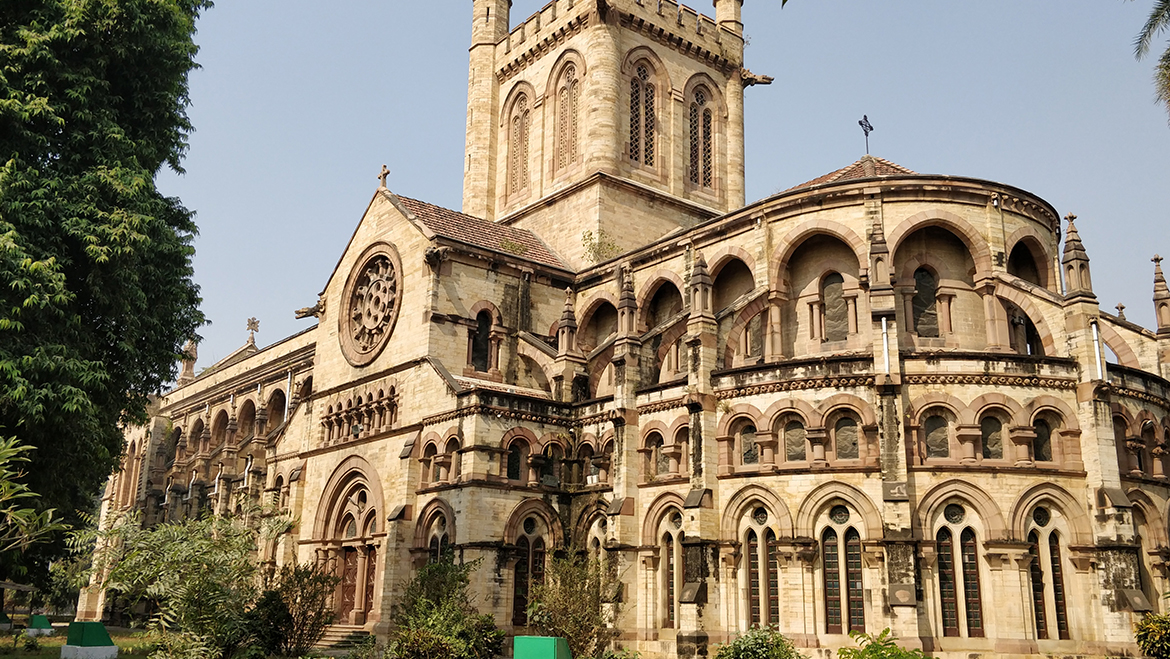
All Saints Cathedral, prevalently known as ‘Patthar Girija’, is one of the city’s most celebrated houses of prayer and a venerated consecrated space among Allahabad’s residents. The monstrous church building incorporates a territory of around 1250 square meters and is one of the most valued structures from pilgrim India. Developed in the nineteenth century, the whole house of God is underlying Gothic style, surprising for the unpredictable work and plans done on the marble special raised area.
©Famous India Blog. All rights reserved.
Creativity By Needinfotech